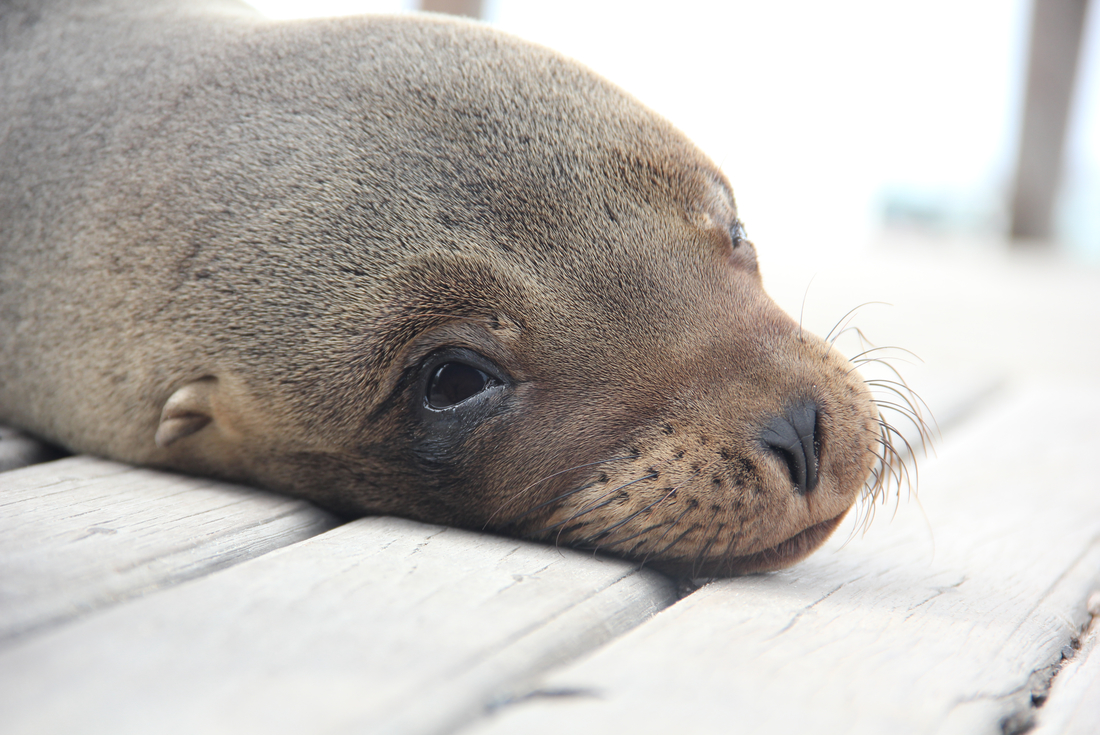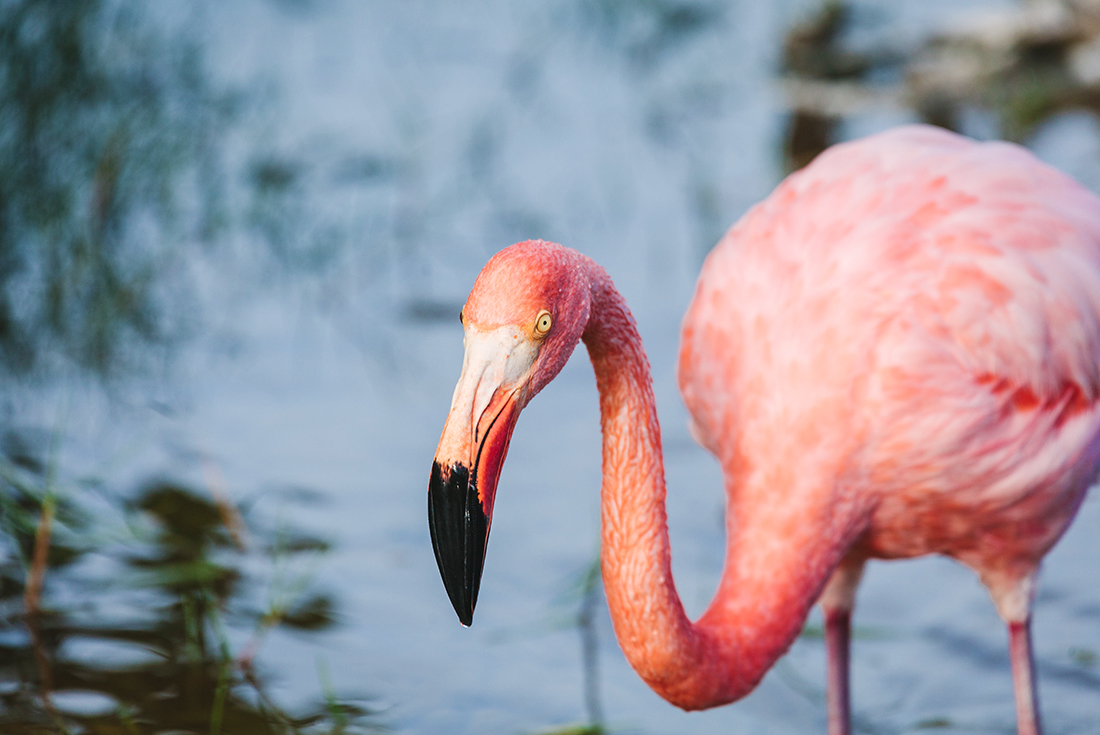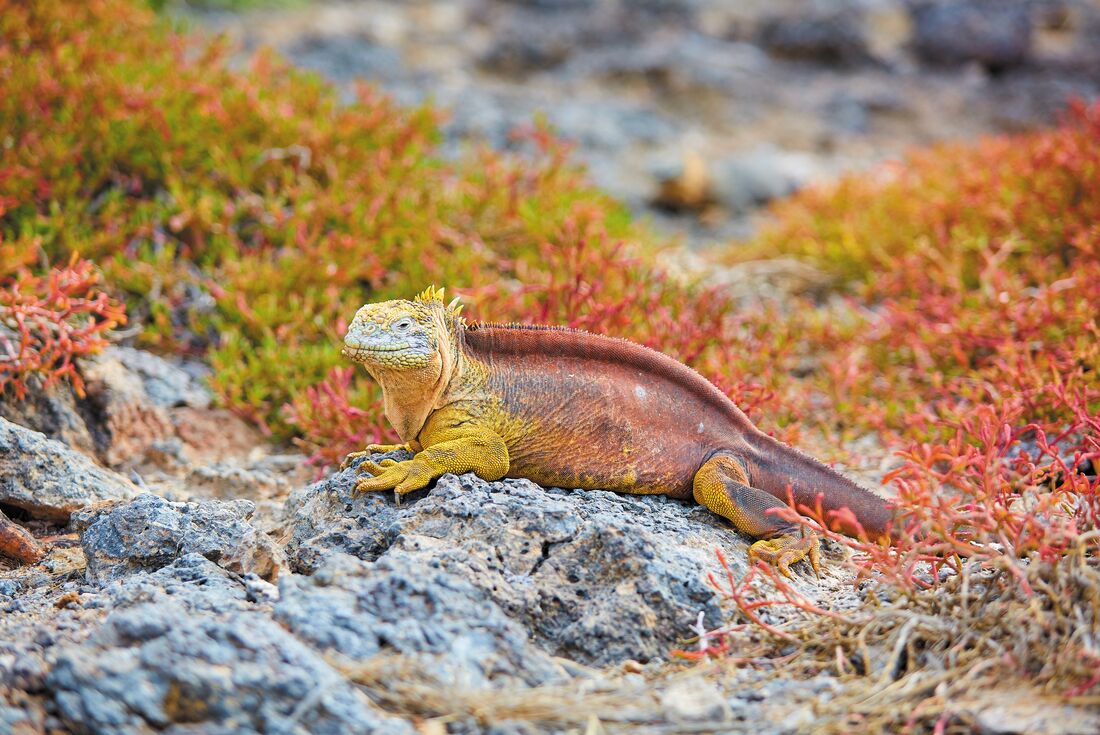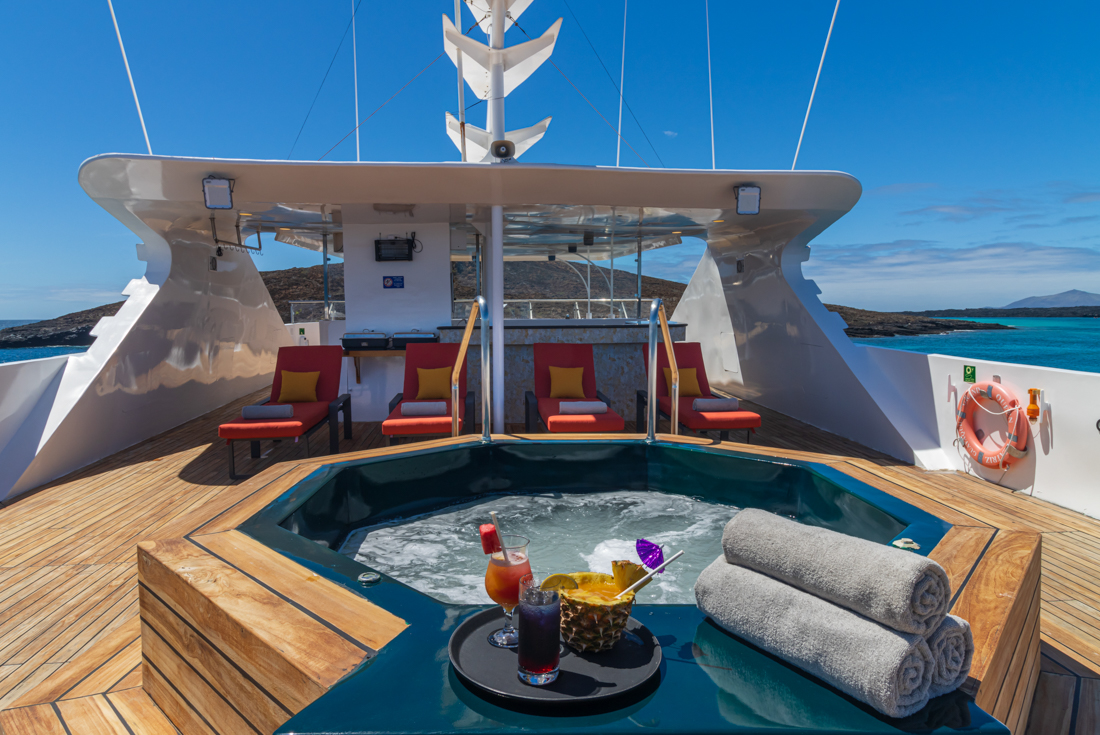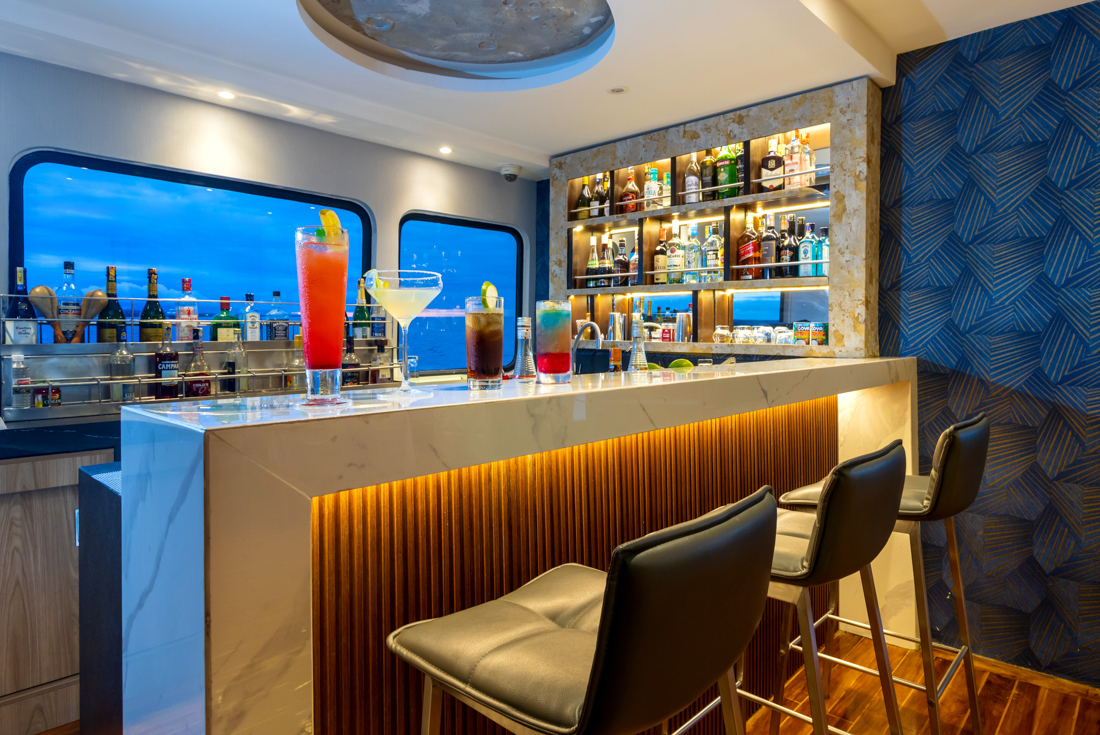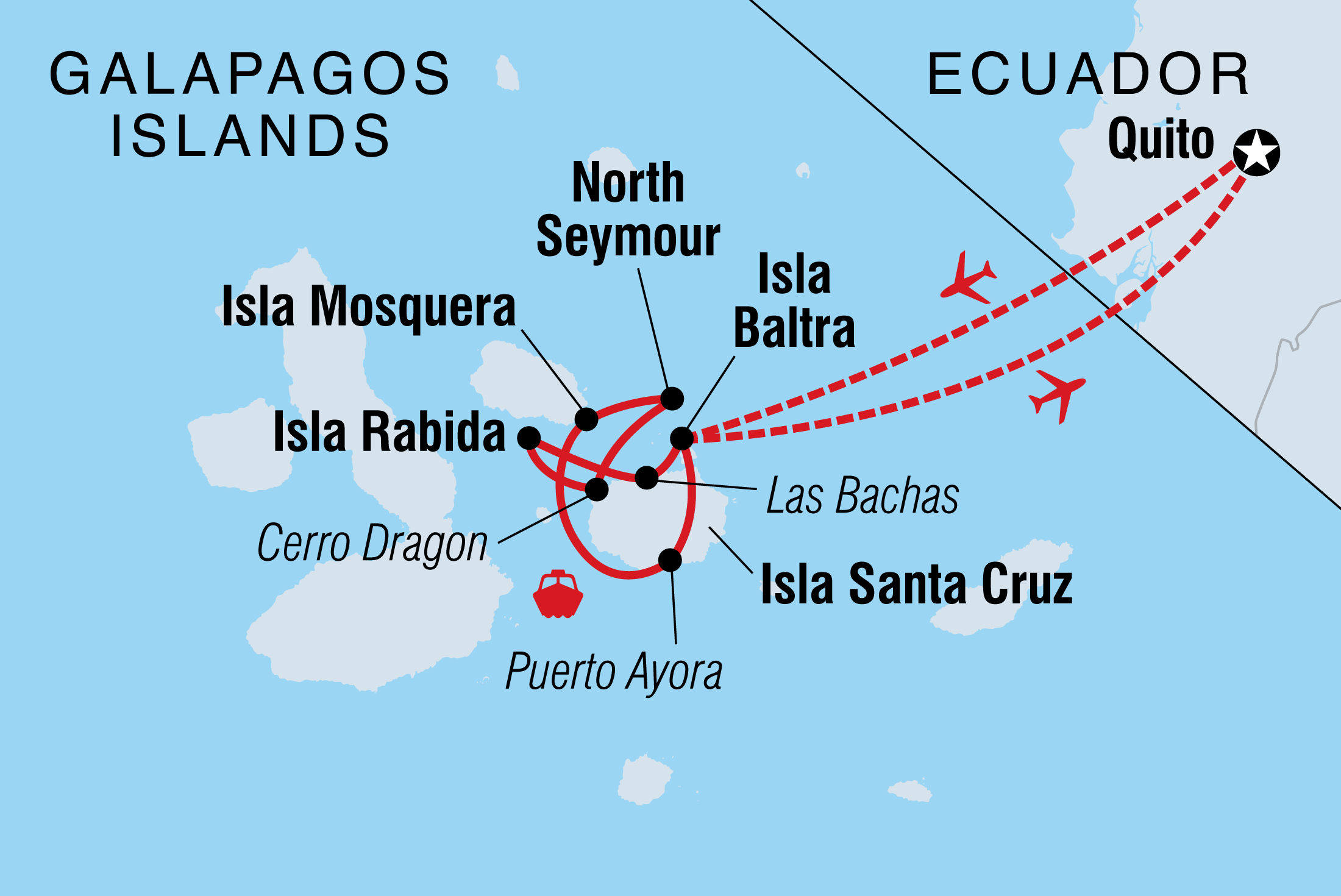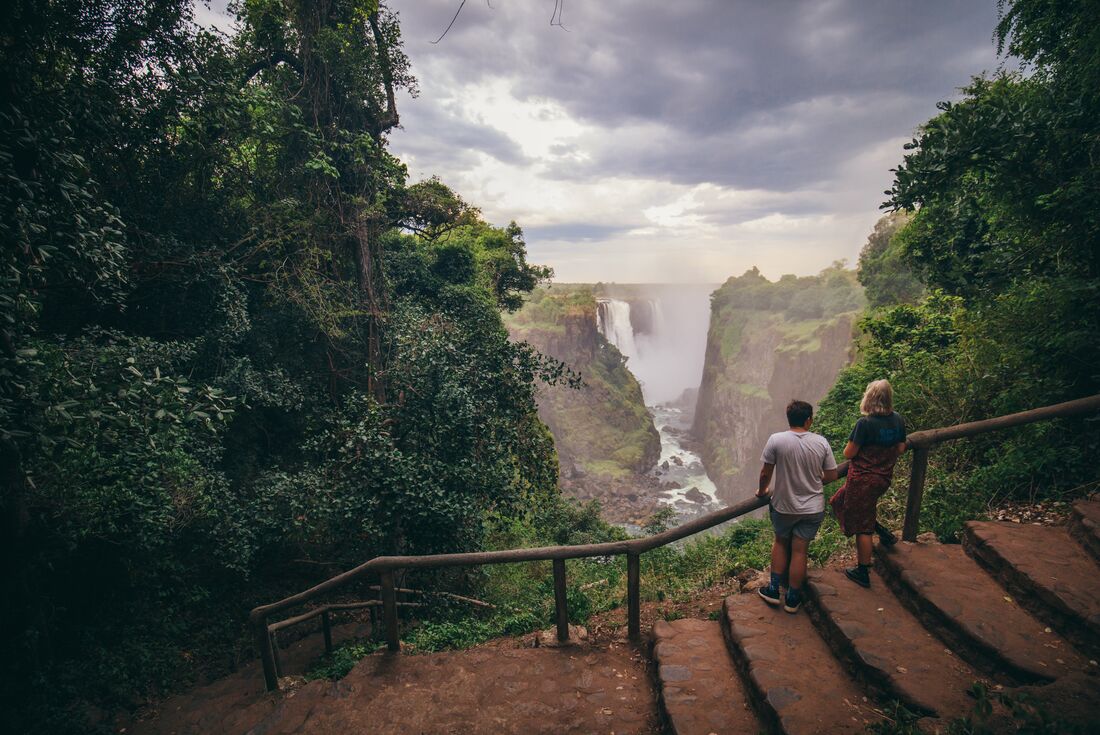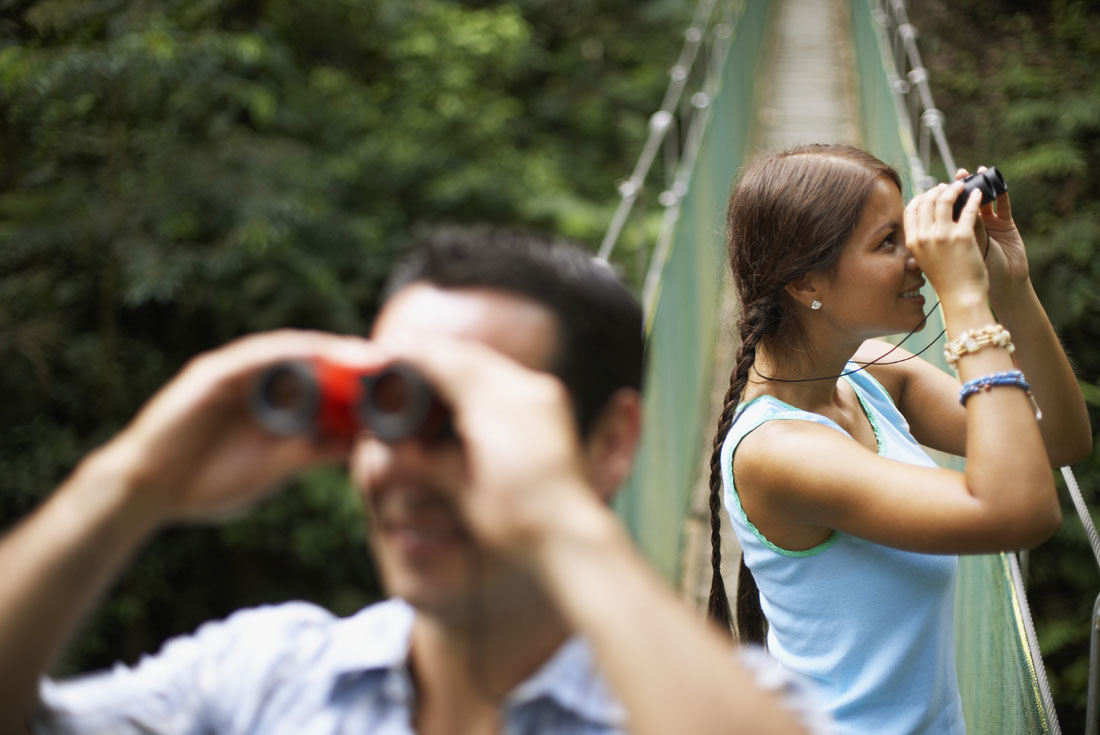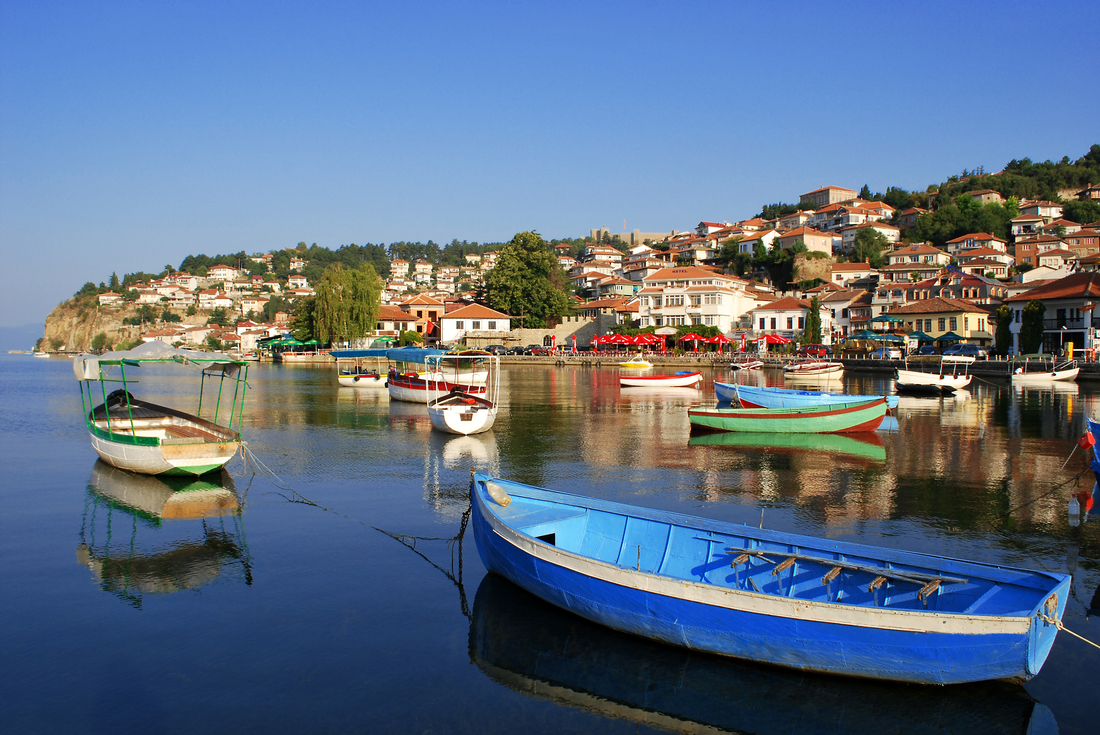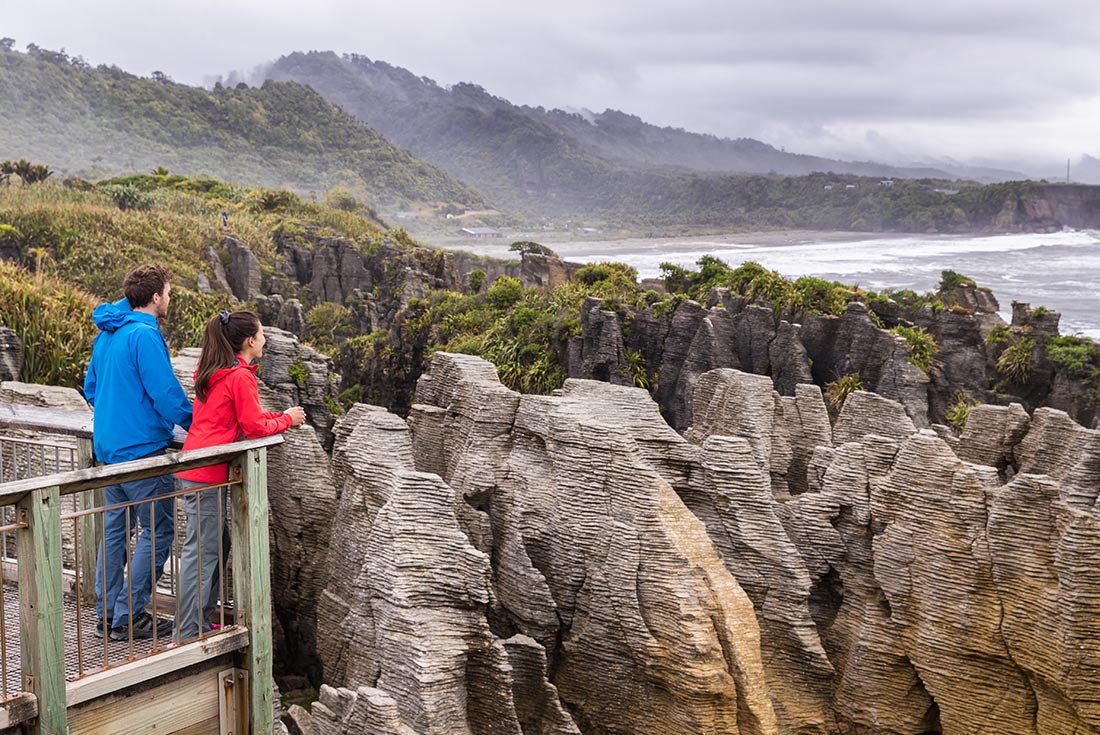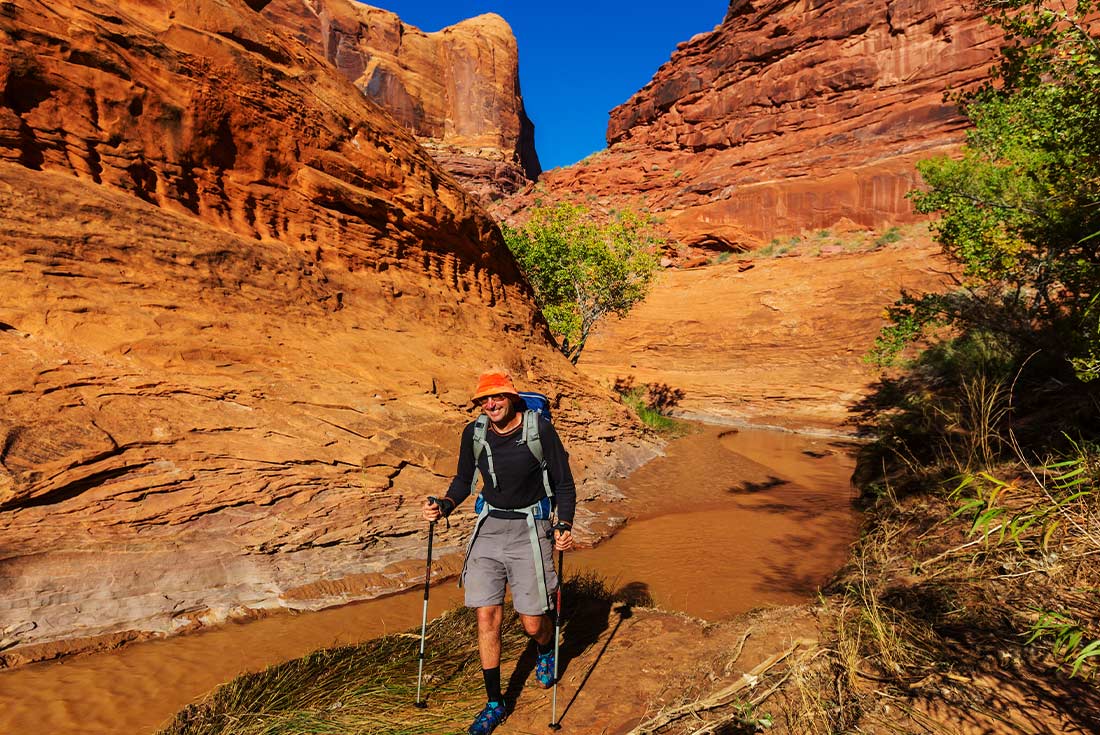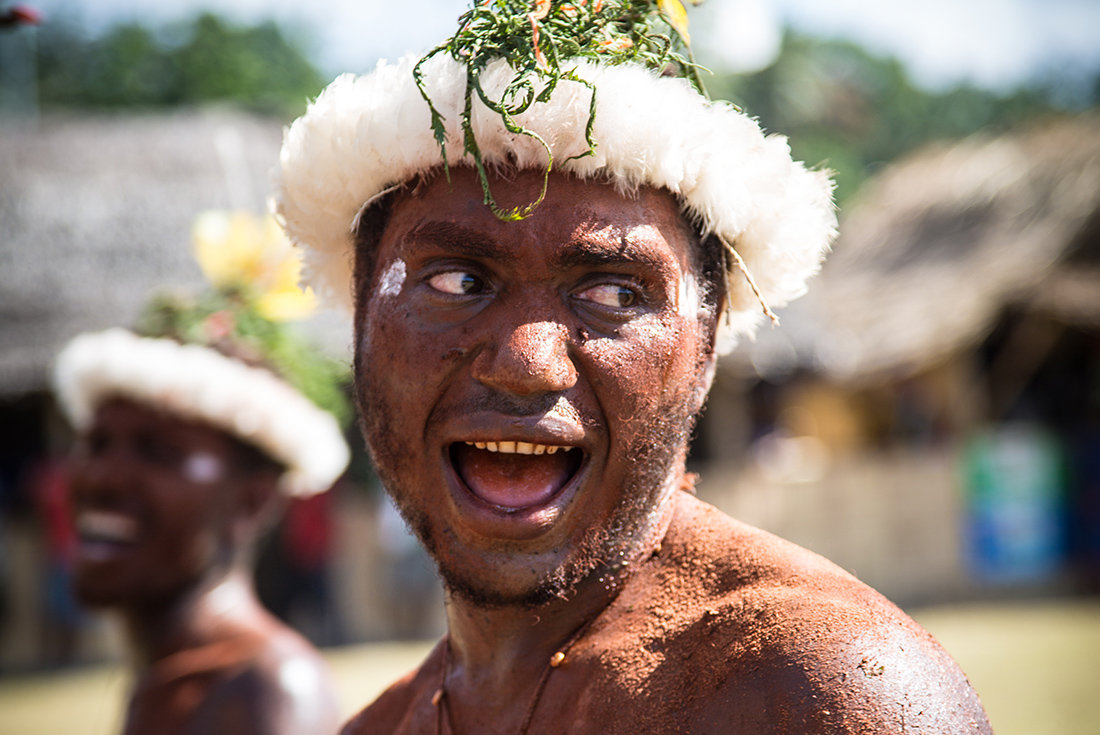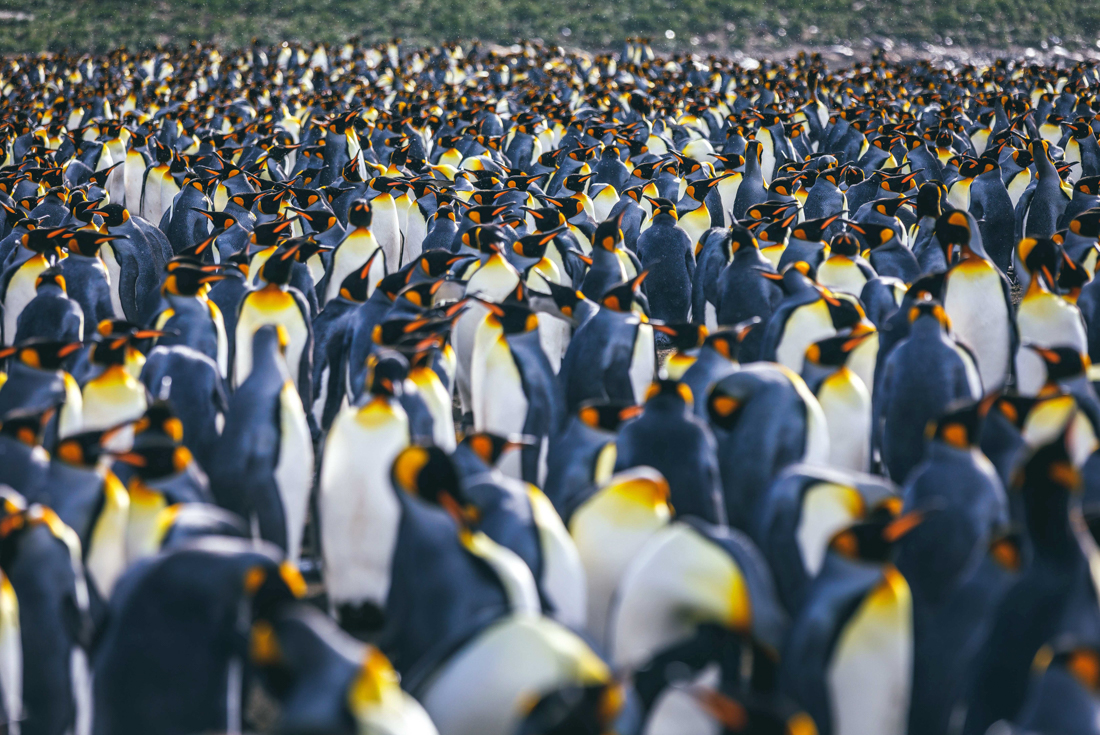Meals
6 Breakfast(s), 4 Lunch(s), 5 Dinner(s)
Transport
Minibus , Boat , Plane , Zodiac
Accommodation
Hotel (2 nights), Overnight boat (4 nights)
- Isla Santa Cruz - Highlands Visit (1.5 hours) - Dry Landing
- Isla North Seymour - Walk (2 hours) - Dry Landing
- Isla North Seymour - Snorkelling (1 hours)
- Isla Mosquera - Snorkelling (1 hour)
- Isla Mosquera - Beach Walk (1.5 hours) - Wet Landing
- Isla Santa Cruz - Black Turtle Cove - Panga ride (1.5 hours)
- Isla Santa Cruz - Cerro Dragon - Walk (1.5 hours) - Dry Landing
- Isla Santa Cruz - Cerro Dragon - Snorkelling or swimming (1 hour)
- Isla Santiago - Sombrero Chino - Snorkelling (1 hour)
- Sombrero Chino - Walk and Panga ride (2 hours) - Wet Landing
- Isla Rabida - Snorkelling (1 hour)
- Isla Rabida - Walk (1.5 hours) - Wet Landing
- Isla Santa Cruz - Bachas Beach Walk (1 hour) - Wet Landing
- Isla Santa Cruz - Bachas Beach Snorkel (1 hour) - Wet Landing


